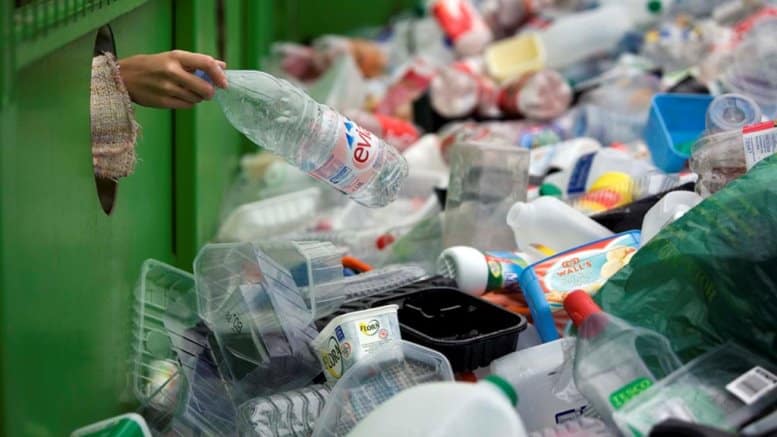In our modern society, plastics have become an integral part of daily life, present in everything from packaging to household items. While their convenience is undeniable, the widespread use of plastics poses significant health risks to both humans and the environment.
The growing concern over these dangers calls for immediate action to lessen the impacts on public health and promote safer alternatives.
The hidden hazards: Unveiling the health risks lurking in plastics
Plastics are synthetic materials made from various organic polymers, prized for being lightweight, durable, and adaptable for multiple uses.
However, the chemicals used in plastic production, as well as their breakdown, can lead to serious health issues. Plastics often contain harmful chemicals like bisphenol A (BPA), phthalates, and styrene.
These chemicals can seep into food and beverages from plastic containers, especially when exposed to heat.
BPA and phthalates are known as endocrine disruptors, disrupting hormone functions and potentially causing reproductive health issues, developmental problems in children, and an increased risk of cancer.
As plastics degrade, they form tiny particles called microplastics. These particles have been discovered in oceans, soil, air, and even the food chain, entering the human body through ingestion, inhalation, or skin absorption.
The long-term health effects of microplastic exposure are still being studied, but there is concern that they may cause inflammation, toxicity, and other health problems.
The environmental harm caused by plastics indirectly impacts human health. Plastic pollution in water bodies can contaminate drinking water sources.
Additionally, burning plastics releases toxic gases such as dioxins and furans, which can be harmful when inhaled and lead to respiratory diseases, skin conditions, and other serious health issues.
Addressing the health risks: Implementing solutions
Given the extensive use of plastics and their associated health risks, it is crucial to take action to mitigate these dangers. Reducing the use of single-use plastics like bags, bottles, and straws can significantly decrease exposure to harmful chemicals.
Encouraging the use of alternatives such as glass, stainless steel, and biodegradable materials is a positive step in the right direction.
Governments and industries should invest in the development and promotion of safer, non-toxic materials.
Public awareness campaigns can educate consumers about the benefits of choosing products made from safe alternatives.
Enforcing stricter regulations on the use of hazardous chemicals in plastic production can lower the risk of chemical exposure. Governments should also ensure standards for safe disposal and recycling of plastic products.
Continued research is essential to fully comprehend the health impacts of plastics and develop effective strategies to mitigate these risks.
Monitoring plastic pollution and its effects on human health can guide policy decisions and public health interventions.
Improving recycling systems and waste management practices can help reduce the buildup of plastic waste.
This includes promoting recycling programs, advocating for the reduction of plastic waste at the source, and ensuring safe disposal methods.












